Retro ingredients we wish would make a comeback
Ripe for a retro revival?
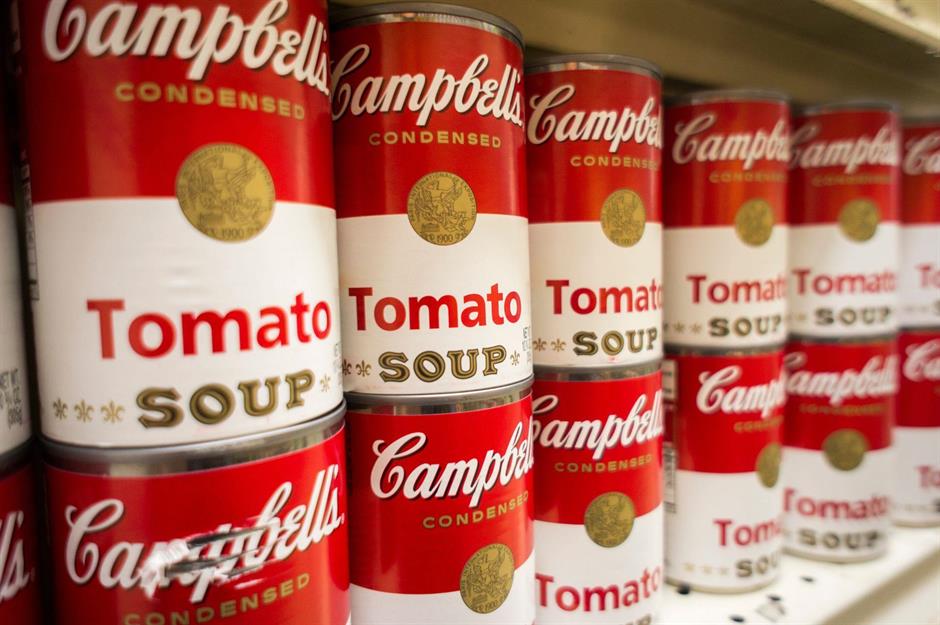
When did we stop serving Spam? Why don't we still use bread bowls? Who decided instant mashed potato was off the menu? These much-loved ingredients – and many more besides – used to be kitchen staples, but now they've fallen out of fashion. But we think plenty of them deserve a second chance. Here, we reveal the bygone food essentials worthy of a comeback, counting down to the one we most want to see return.
Click or scroll through our gallery to discover the retro ingredients due a revival. How many of these do you still cook with?
We've based our ranking on the enduring popularity of each food item at the time of launch and beyond, and on the opinions of our well-travelled (and well-fed) team. This list is unavoidably subjective.
36. Tapioca
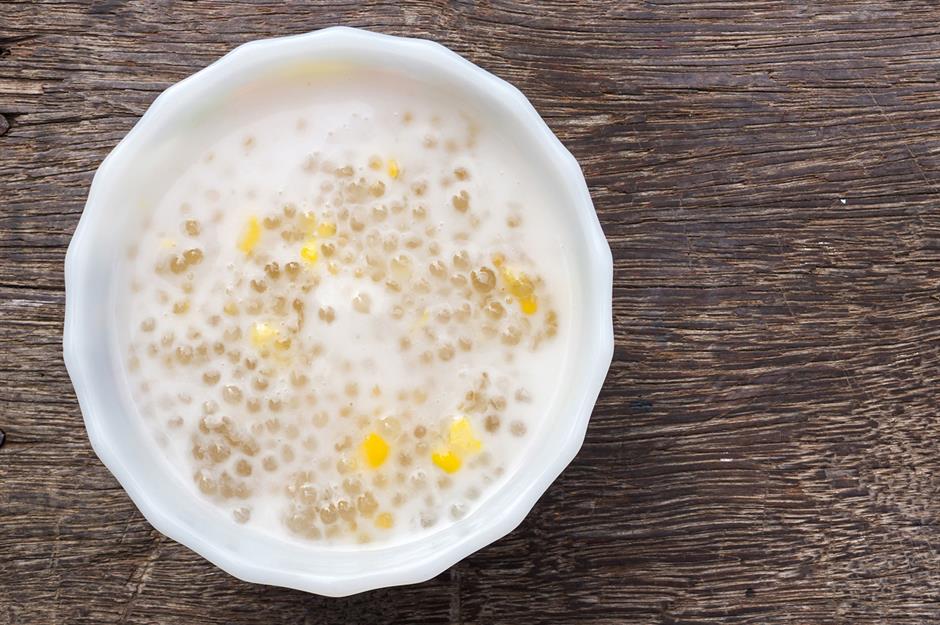
Extracted from the roots of cassava plants, tapioca is typically used as a thickening agent today. However, there was once a time when tapioca would grace dessert bowls with gelatinous aplomb in the form of tapioca pudding. It’s experiencing a resurgence as bubble tea becomes popular around the world, but we’d love to see more tapioca pudding on the dessert menu, please.
35. Jerusalem artichokes
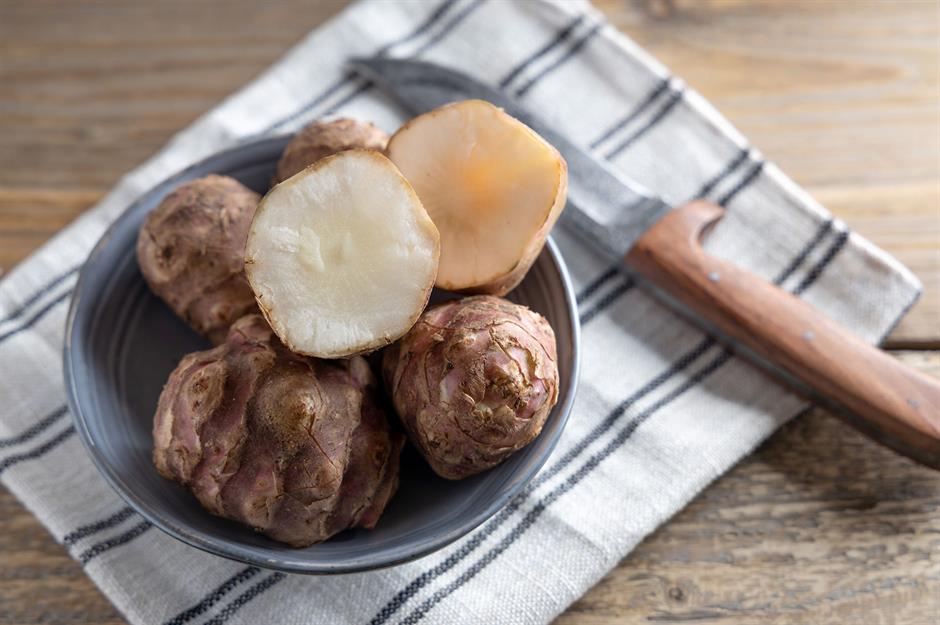
Jerusalem artichokes aren't really artichokes – and they're certainly not from Jerusalem. But that doesn't mean they're not delicious. They're native to North America, and it was Indigenous Americans who first discovered their many charms. These hardy root vegetables are fairly common in French cuisine, but they aren't widely used elsewhere. Which is a shame, because they're very versatile and can be used much like potatoes; either mash, boil or roast them.
34. Bouillon cubes
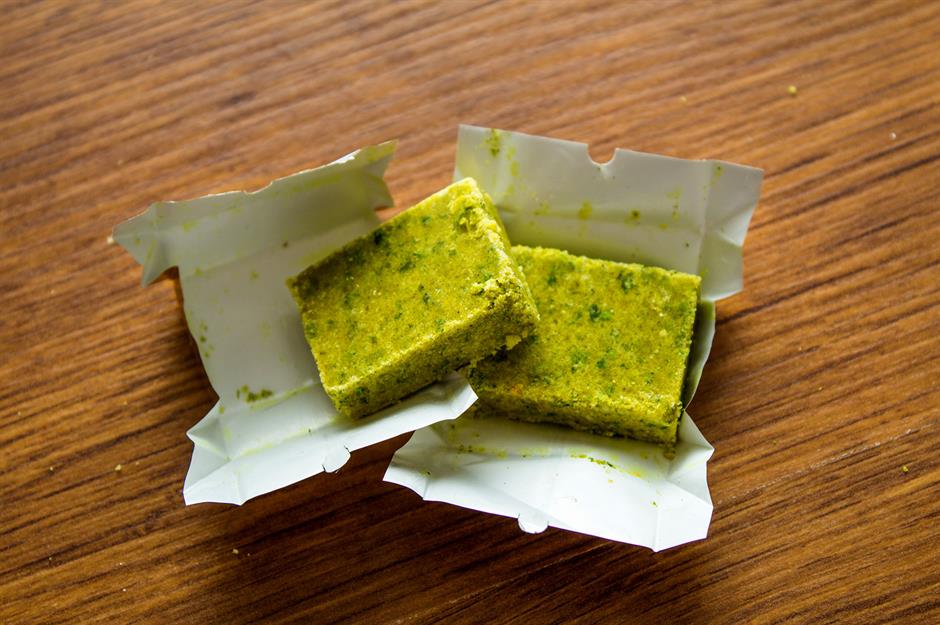
Julius Maggi introduced the world to the bouillon cube in 1908. The UK's OXO and Germany's Knorr companies soon followed, and everybody gained access to instant broth and umami flavours. Although bouillon cubes have been used in cooking the world over, you don't tend to see them listed as ingredients in modern recipes these days. The cubes are widely available, though, and are always a welcome addition to soups, curries and sauces.
33. Rosehips
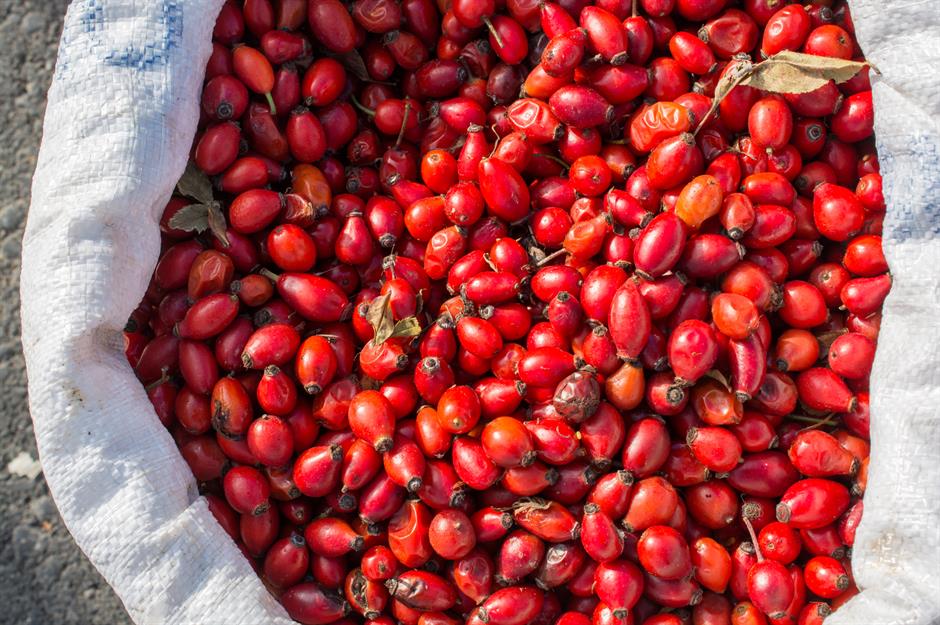
Rosehips are the fruits of the rose plant, and they can be made into syrups, teas, marmalades, jelly and even ketchup. They're rich in vitamins and minerals, including vitamins B and C – so much so that, in World War II, rosehip syrup was often used as a cough mixture. Watch out for the fine hairs inside the rosehips, though; they can double as itching powder! The Swedish dish rosehip soup is particularly delicious.
32. Salsify
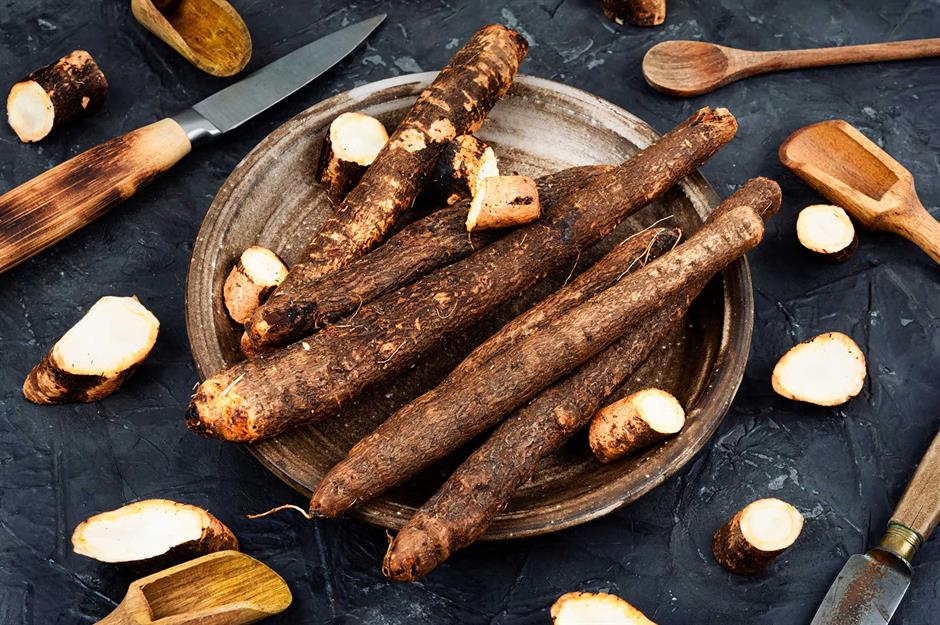
Salsify isn't much to look at, but this winter root vegetable makes a nice change if you've had your fill of the more mainstream veggies. It's so out of fashion that you'll likely have a hard time tracking it down, though. But if you do get a chance to taste these woody roots, they're easy to prepare, and they have a subtle oyster-like flavour when cooked.
31. Quince
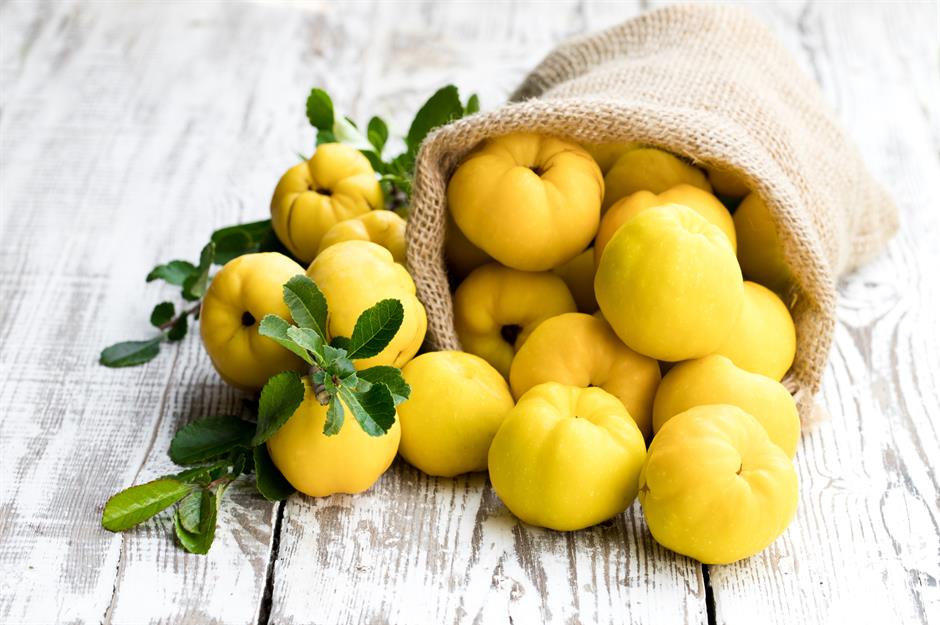
A relative of the apple and pear, quinces had their heyday between the 16th and 18th centuries. While they’ve been neglected in recent decades, quinces remain popular in Spain, where they’re boiled with sugar to make a fruit paste known as membrillo – which goes wonderfully with cheese. If you can get your hands on the seasonal winter fruit, bake it into a clafoutis (a French flan-like dessert) or use membrillo as a marinade for meat.
30. Lemon pepper
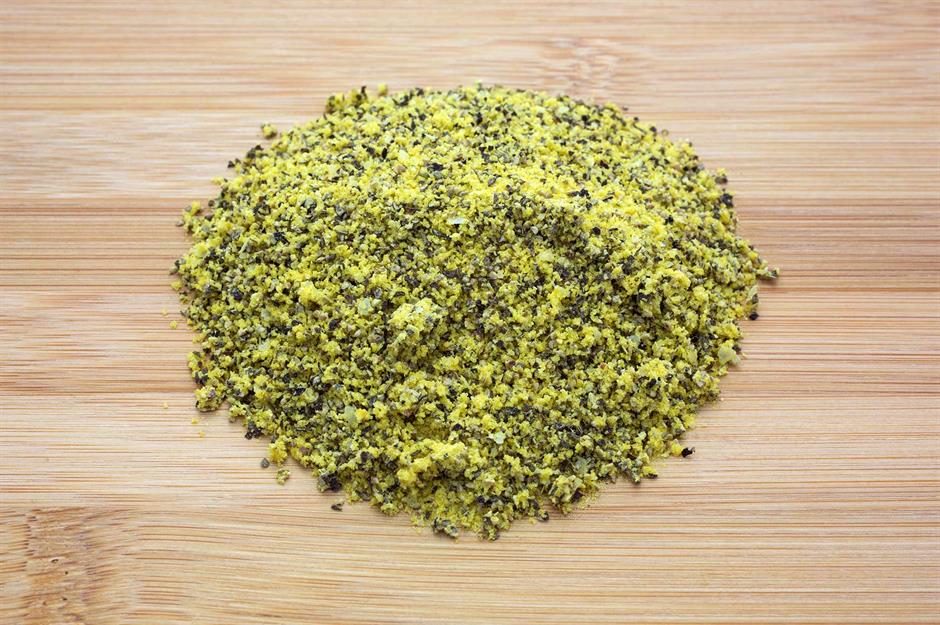
No one really talks about lemon pepper seasoning anymore, perhaps because it's not as new and exciting as other more exotic spice mixes. Yet for the right dish, nothing can beat a pinch of retro lemon pepper. First introduced commercially in the 1960s, lemon pepper (which is just dried lemon zest, salt and pepper) goes great with pasta, chicken, seafood, veggies and even popcorn.
29. Maggi würze
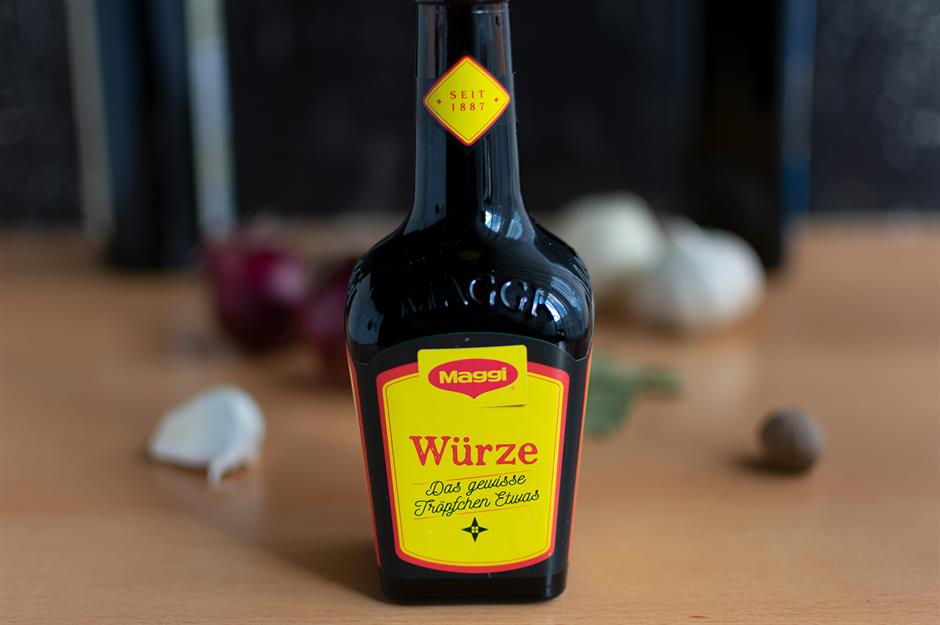
Americans know it as Maggi seasoning, while Germans call it Maggi würze, and everybody compares it to soy sauce. This old-school seasoning is most commonly sold as a liquid, but you can also find it in cube and powdered form. Its flavour is a bit deeper than that of soy sauce, but it can be used in the same way: in soups, sauces and stir-fries.
28. Kohlrabi
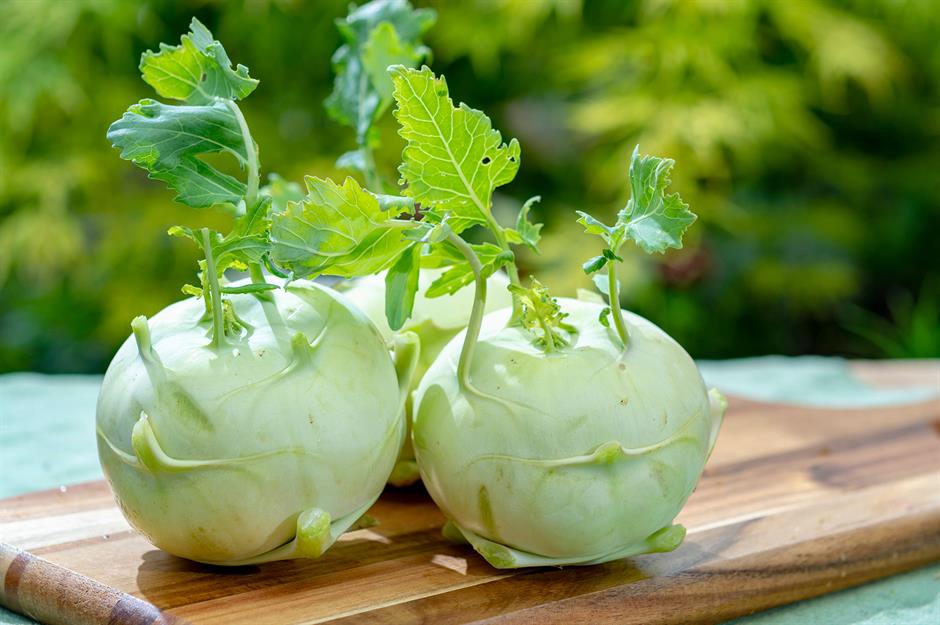
Otherwise known as a German turnip, kohlrabi has been overlooked for too long. Perhaps it's the vegetable's strange appearance that puts people off, but this ingredient is part of the broccoli and cabbage family and shares some of the same flavour profiles – albeit with a bit of a kick. Grate it raw to make an excellent slaw, roast it to bring out those complex flavours, or use it in soup.
27. Whey
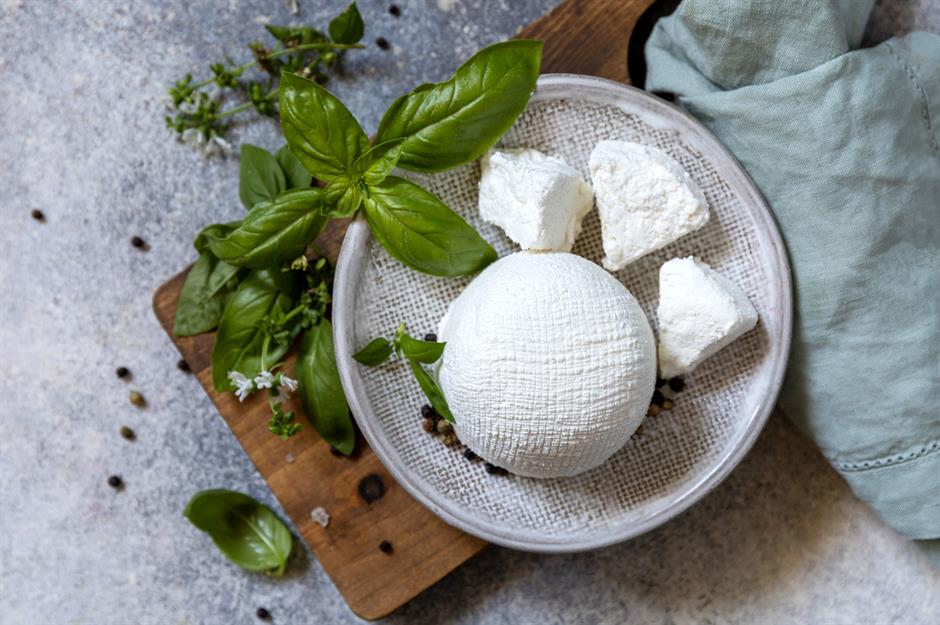
Whey is the liquid by-product of the cheesemaking process and, today, this protein-packed powerhouse is most commonly found in protein or bulk powders. Whey was once a popular drink in coffee houses and inns and, given its nutritional properties, perhaps it could take off again. It's used in the food industry to make everything from ricotta and yogurt to processed foods such as bread, crackers and even animal feed. In cooking, it can be used to give a lactic tang to bread and pizza dough, or in soups and smoothies.
26. Gooseberries
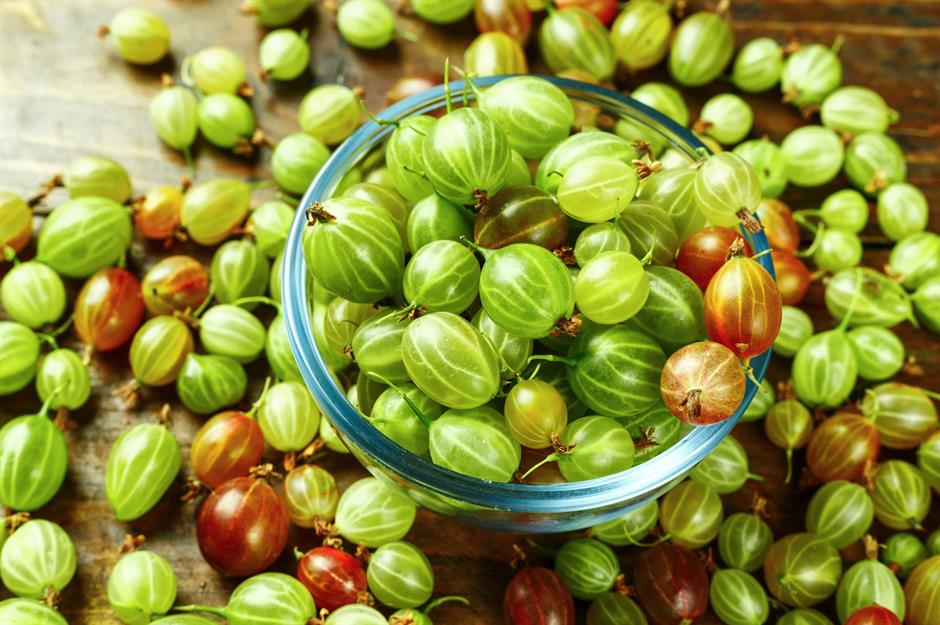
Gooseberries have adorned all manner of desserts throughout history, including fools, tarts, pies and jams. Their heyday was in the early to mid-1900s, when families would forage them from gardens and hedges. Today, they’re somewhat overlooked and have been phased out by many supermarkets. If you can get your hands on some, they'd be wonderful stewed in sugar and drizzled over meringue, or turned into a tasty jam or chutney.
25. Instant pudding
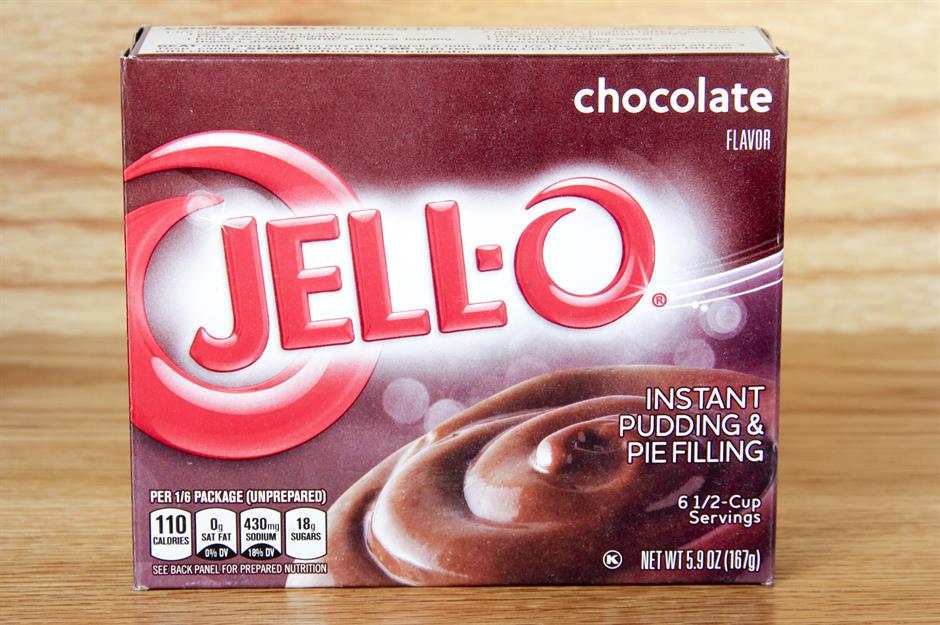
We don't think there's any shame in whipping up instant pudding. Once popular in the US, these powdered mixes have fallen out of style – but for a quick, nostalgia-filled sweet treat, there's nothing like them. While instant pudding is great as it is, you could also use it as a pie filling or add some to a cake mix for a moister texture.
24. Celeriac
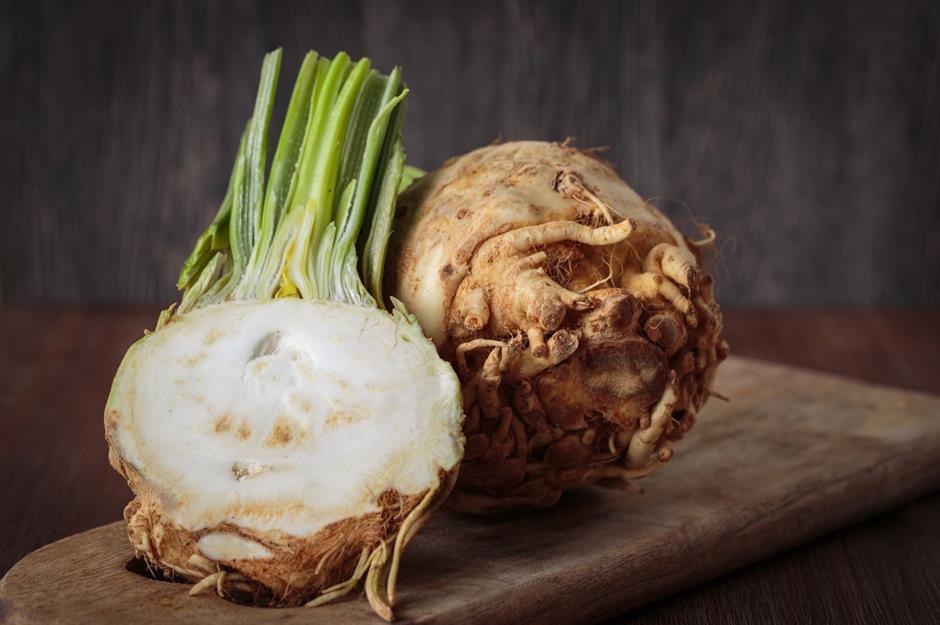
While gnarly celeriac won’t be winning awards for its looks anytime soon, it’s a versatile vegetable that's overdue some recognition. With so-called ugly and misshapen vegetables receiving more attention and shelf space in supermarkets these days, it’s time to get your celeriac recipes ready. Try roasting it whole with lots of herbs and butter, or grate raw celeriac and mix it with mayo, mustard and lemon juice for a classic remoulade.
23. Cottage cheese

Cottage cheese became popular in the mid-19th century. It was also widely promoted during World War I, and 30 million pounds of the stuff were produced in 1919 alone. Its popularity faded with the rise of yogurt from the 1980s onwards, but cottage cheese is seeing a revival, particularly among the health-conscious looking for low-fat, nutrient-rich foods. We think it tastes great in savoury muffins.
22. Emmer
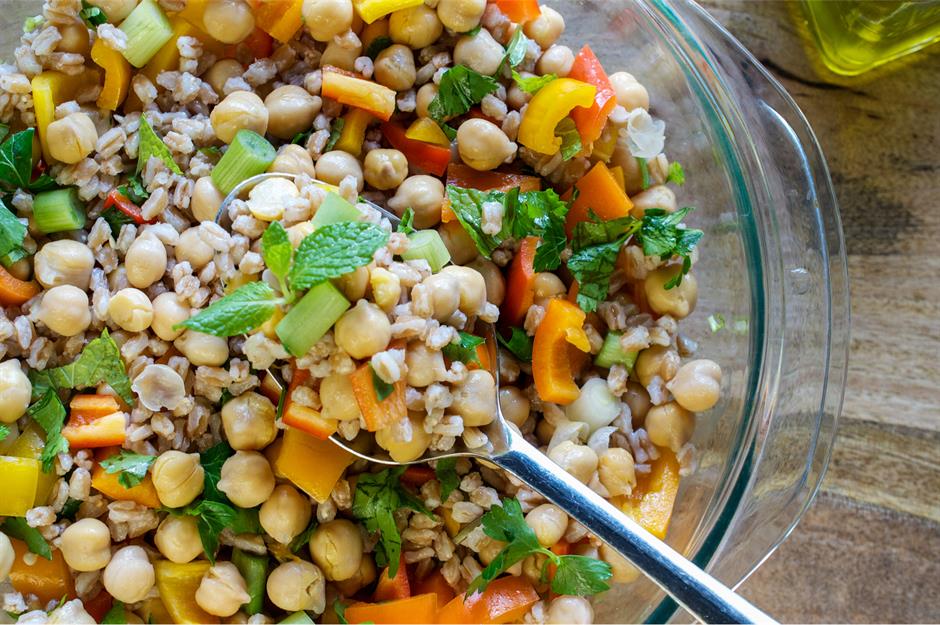
Emmer wheat (also known as farro) is an ancient grain that's been cultivated since Roman times. It boasts all manner of nutritional properties, including fibre, protein and antioxidants. That said, it remains relatively underused. Intrigued? Try it out in a risotto or a nutty grain salad.
21. Thousand Island dressing
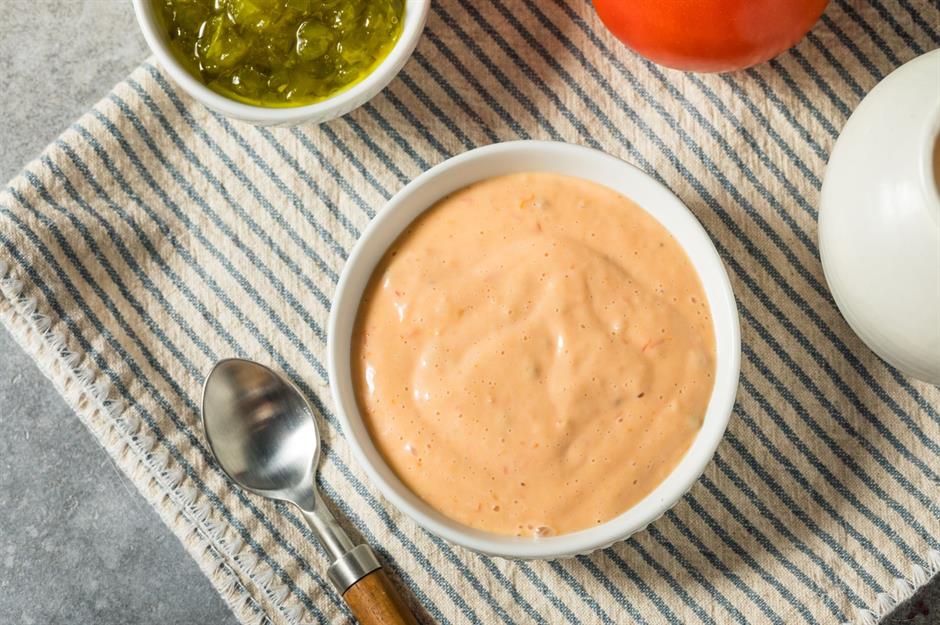
This popular mayonnaise-based dressing, the perfect accompaniment for prawns and seafood, gained widespread popularity in the 1950s and 1960s. It's also an essential component of classic American dishes such as the Reuben sandwich and Kansas City–style hot dog. Ranch dressing overtook it and became the go-to condiment in the 1980s, but we say it’s high time Thousand Island dressing was reintroduced in restaurants and salad bars.
20. Gelatine

In the 1970s, you couldn’t go to a dinner party without being confronted by all kinds of bizarre foods entombed in jelly, including entire fish and spaghetti hoops. Not exactly delicious, perhaps, but they certainly made for striking centrepieces. Thankfully, the gelatine creations of the past are long gone, and now the food industry uses gelatine as a component in many foods, from cereal to cream cheese. However, this incredible ingredient also has many uses for home cooks, from thickening sauces to making ice cream extra smooth.
19. Vegetable shortening
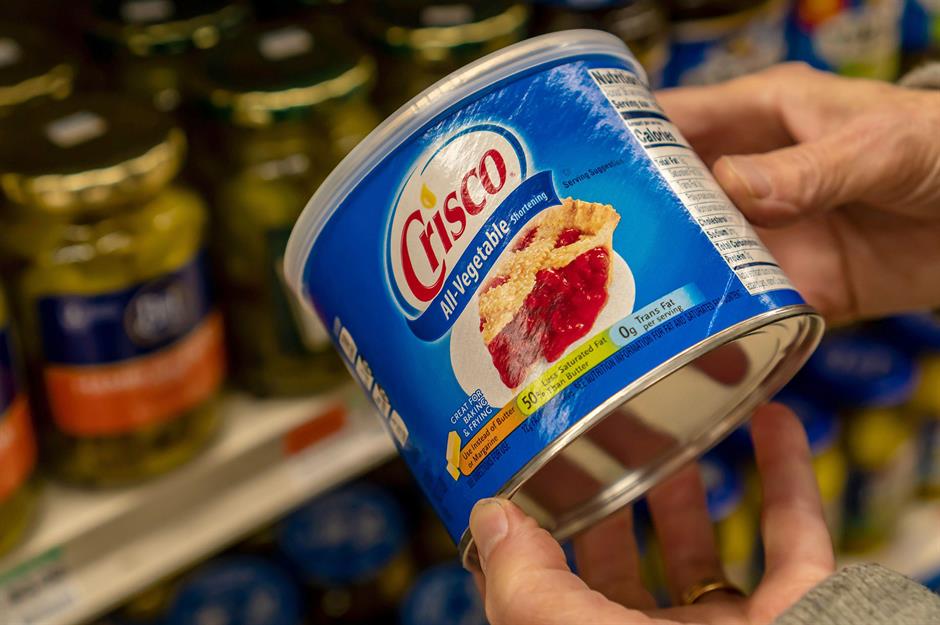
Crisco was first released in 1911 and quickly became an American household staple. Its USP was that it was a shortening made with vegetable oil – so it had less saturated fat than other shortenings, such as butter, palm oil and lard. The trouble was that its high levels of trans fats raised health concerns. These days, though, Crisco has a new formula that reduces its trans-fat level to almost zero (and it still makes excellent pie crusts).
18. Parsnips
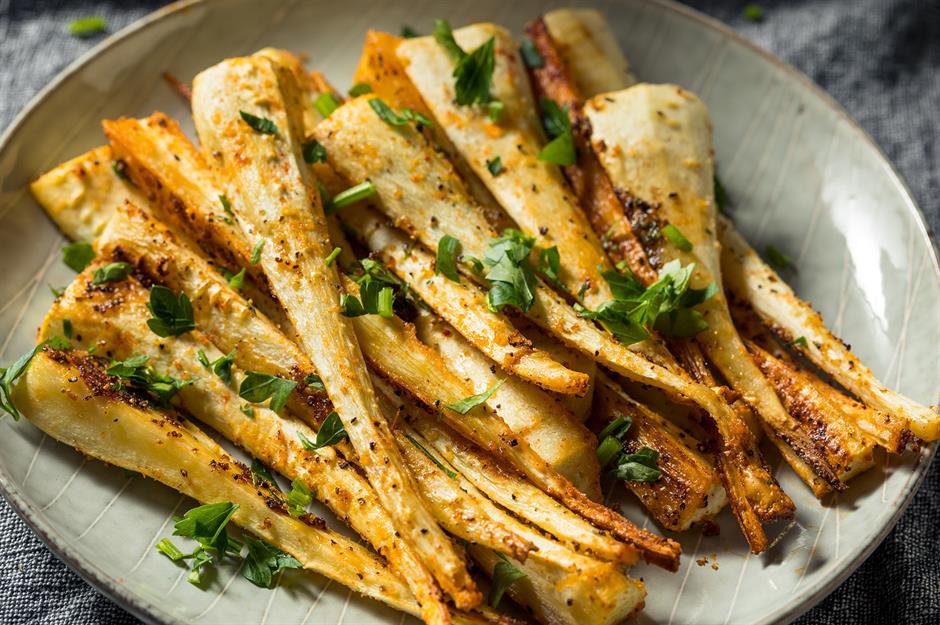
Parsnips aren't just for Christmas, they're for life... or at least, winter. These root vegetables don't get much love as anything other than a low-priority festive side dish, but they can be the star of the show if given a chance. Think of them as more complex-tasting carrots, and suddenly you'll have a wealth of ideas about how to use them.
17. Marjoram

Known to the Greeks and Romans as a symbol of happiness, this perennial herb has been around for years, and it's long been used medicinally to aid digestion. Traditionally, marjoram is used to season soups, sauces and stews. It's common for it to be replaced with oregano today, but the aromatic flavour of marjoram is quite different, with notes of pine and citrus. If you can't find any in the shops, it's pretty easy to grow.
16. Kiwi
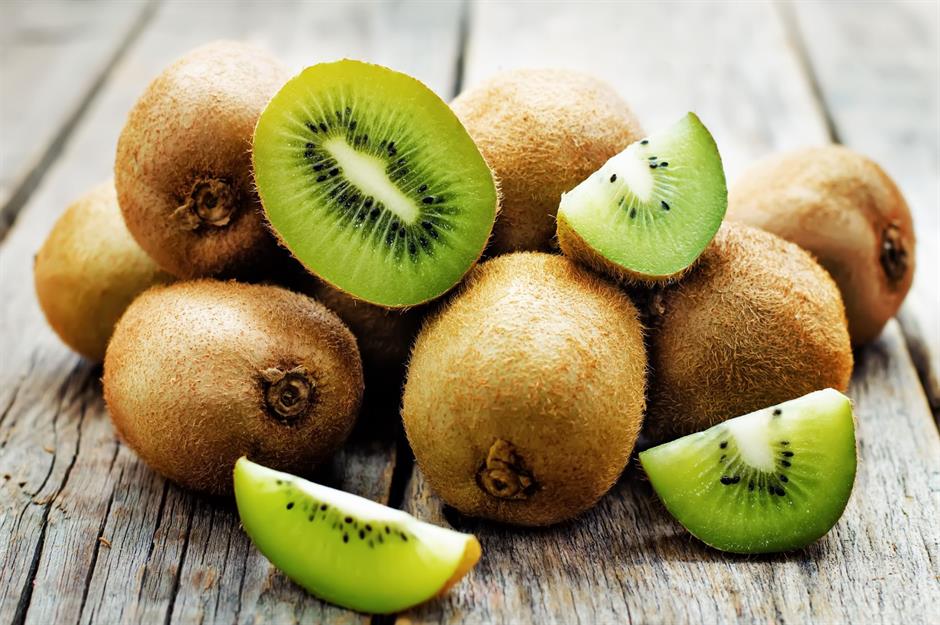
When it comes to retro desserts, the meringue-heavy pavlova takes some beating, especially when topped with kiwi fruit, as was tradition in the mid-20th century. While kiwis are packed with more vitamin C per 3.5oz (100g) than oranges, they’ve fallen out of favour in recent years. So, next time you reach for an apple, grab a kiwi instead. Did you know that you can even eat the skin?
15. Molasses
You might have a jar of this thick, rich syrup at the back of a cupboard somewhere, but it’s an ingredient that most of us only dust off at Christmas for making gingerbread. A century ago, though, molasses was a standard sweetener, used in everything from cakes to soup. It’s a byproduct of making sugar and is still an essential ingredient for distilling rum; however, its intense, smoky and slightly bitter flavour means it’s not widely used nowadays. However, it’s amazing in baked beans – and there’s no better glaze for barbecued meats.
14. Swede
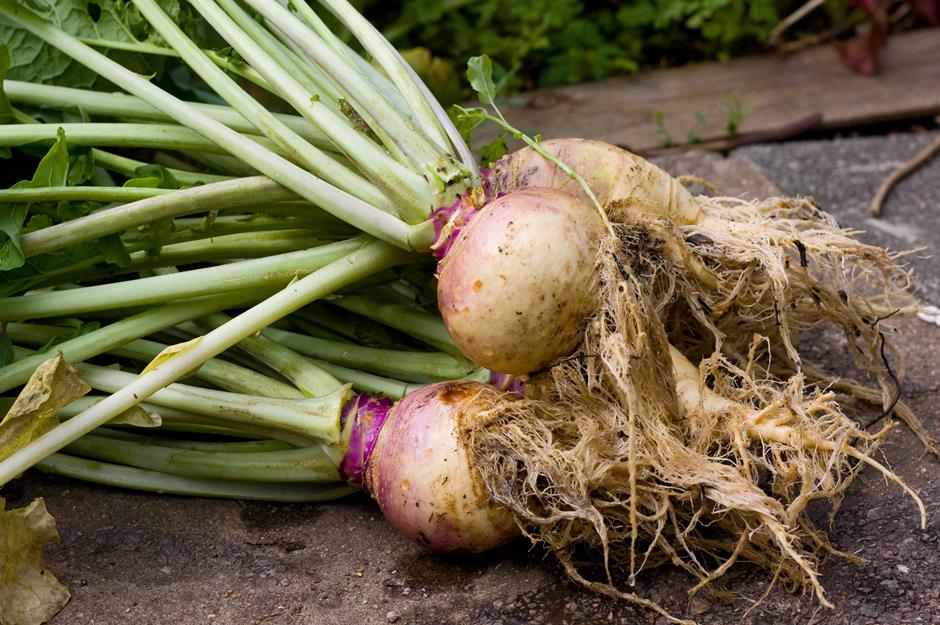
It’s thought that the humble swede, or rutabaga, emerged in the 19th century as a cross between a turnip and a cabbage. Surprisingly rich in vitamin C, swedes fell out of favour after World War II, but we’d love to see them make a comeback. They're great as an alternative to potatoes – you could use them to bulk out a stew, or try them in a comforting British shepherd's pie. Mashed swede, or 'neeps', is the classic accompaniment to haggis on Burns Night.
13. Iceberg lettuce
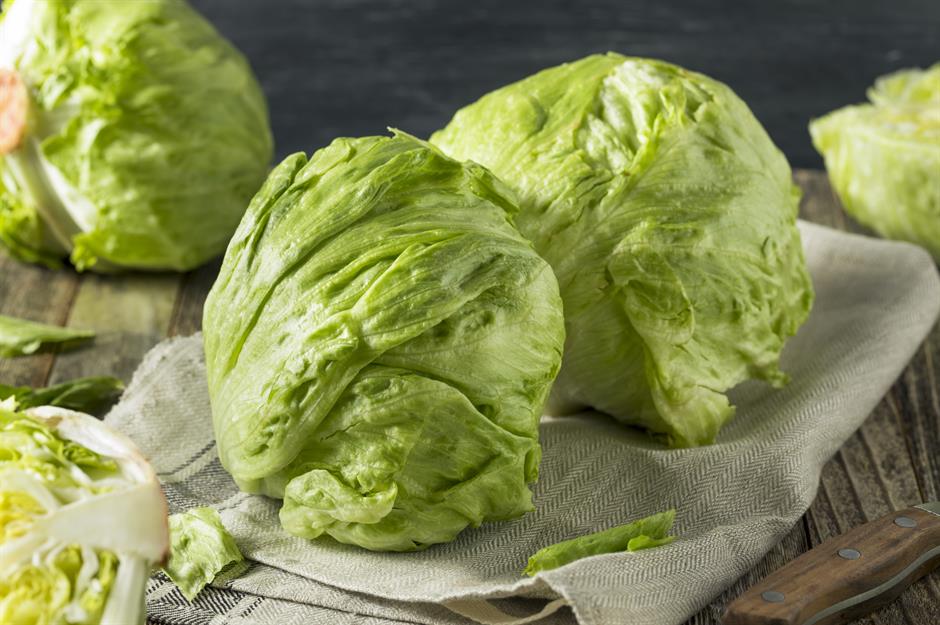
Iceberg lettuce was once the leaf du jour – particularly in the 1950s and 1960s, when it was a key component of prawn cocktails and Caesar salads. Iceberg lettuce dropped off the radar in the 1980s, when a wide variety of other salad leaves became more readily available. However, we think it'll always have a time and a place, especially in a prawn cocktail.
12. Milk powder
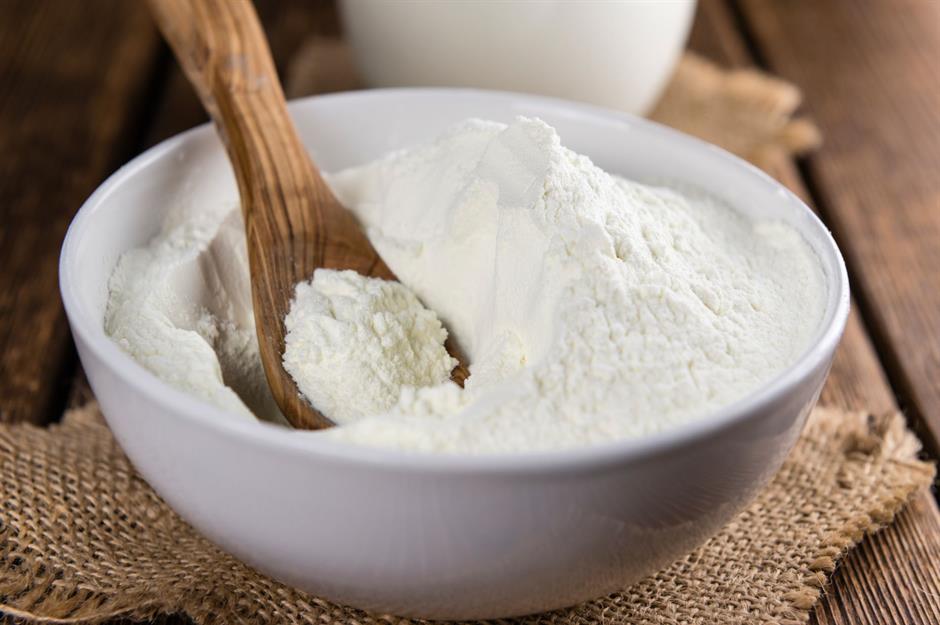
Another wartime staple, powdered milk was invented by a Russian doctor in 1802 and sold commercially from 1832 onwards. These days, we mostly associate it with infant milk and survival food rations, but it has many culinary applications aside from just making milk. It can be used to make bread bouncy and soft, to add extra creaminess to ice cream or as a thickening agent in foods with an overly liquid consistency. It’s also essential in traditional Indian treats such as gulab jamun (delicious syrup-soaked milk balls) and chum chum, a sweet delicacy sprinkled with desiccated coconut.
11. Offal
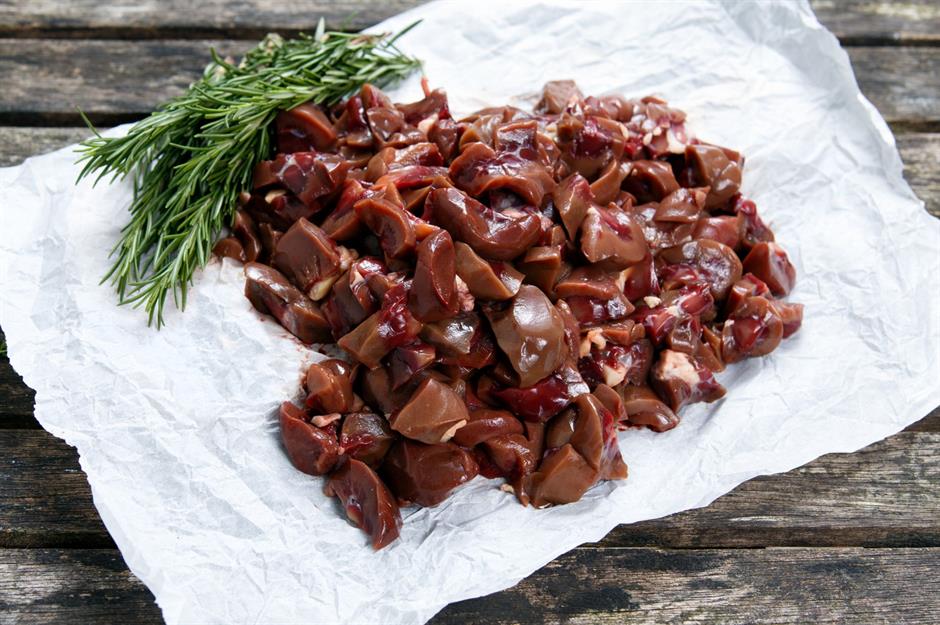
Cuisines in every corner of the globe have used offal for as long as we’ve been eating meat, including Scotland's haggis and France's andouillette, a tripe sausage infamous for its pungent taste and smell. While nose-to-tail eating was almost a given for our great-grandparents, with so many other foods available, it’s not a huge surprise that younger generations aren’t rushing out to buy lamb kidneys and chicken gizzards. But considering how cheap and packed with vitamins offal is, we say give it a go.
10. Turnips
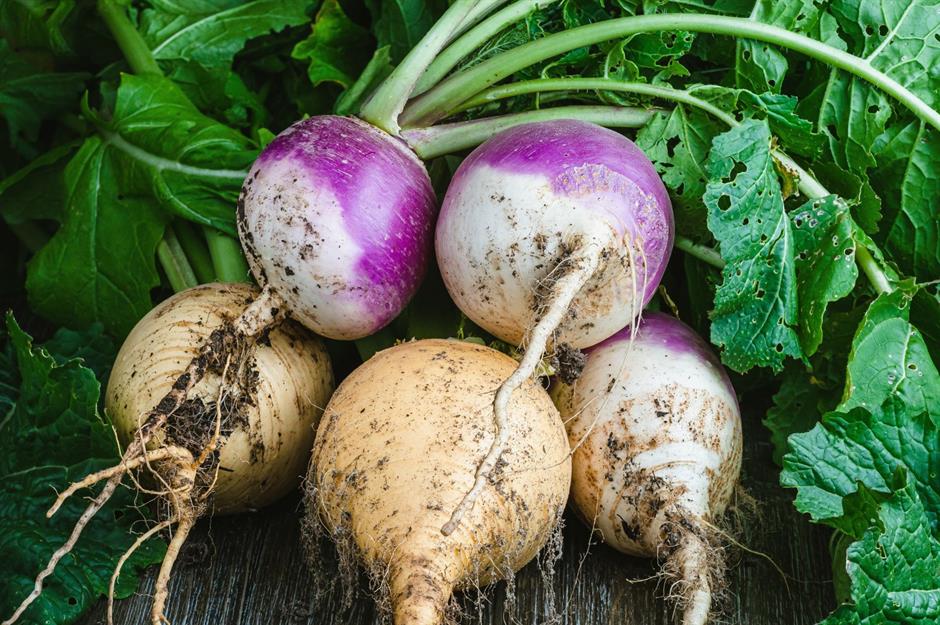
A popular vegetable since the Middle Ages, the turnip faded in popularity after World War II. Great for bulking out soups and casseroles, turnips are highly economical and needn’t be stodgy. Grate them raw into salads, make quick pickles or form them into röstis for a modern update.
9. Condensed milk

Packed with protein, fat and carbs, tins of condensed milk were given as field rations during the US Civil War, and they experienced a resurgence in popularity during World War I. A key ingredient in dishes such as Key lime pie and banoffee pie, condensed milk is also commonly mixed with coffee in countries around the world. It’s versatile, yet underrated – and it's high time it made a comeback.
8. Canned peaches

In the 1950s and 1960s, these floating fruits in syrup were used in many desserts. Commonly served with evaporated milk or thrown into pound cakes or cobblers, they were a fruity staple for families. Don't underestimate them today – fresh stone fruit has a limited season, so the tinned stuff comes in handy to use in upside-down cakes and tarts. Always look for them in juice rather than syrup, as the extra sugar can be overpoweringly sweet.
7. Bread bowls
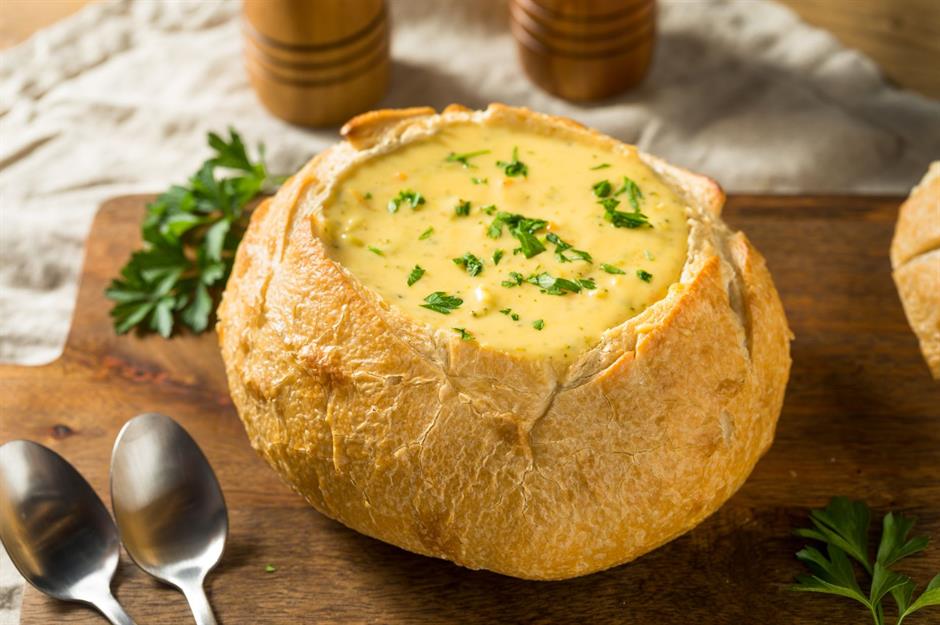
If you’re after a retro tradition that also saves on washing up, look no further than the humble bread bowl, where scooped-out bread takes the place of crockery. Bread bowls were once commonly served with soups, casseroles and dishes such as clam chowder, which leads us to wonder: why isn’t every dish served like this today?
6. Instant mashed potato
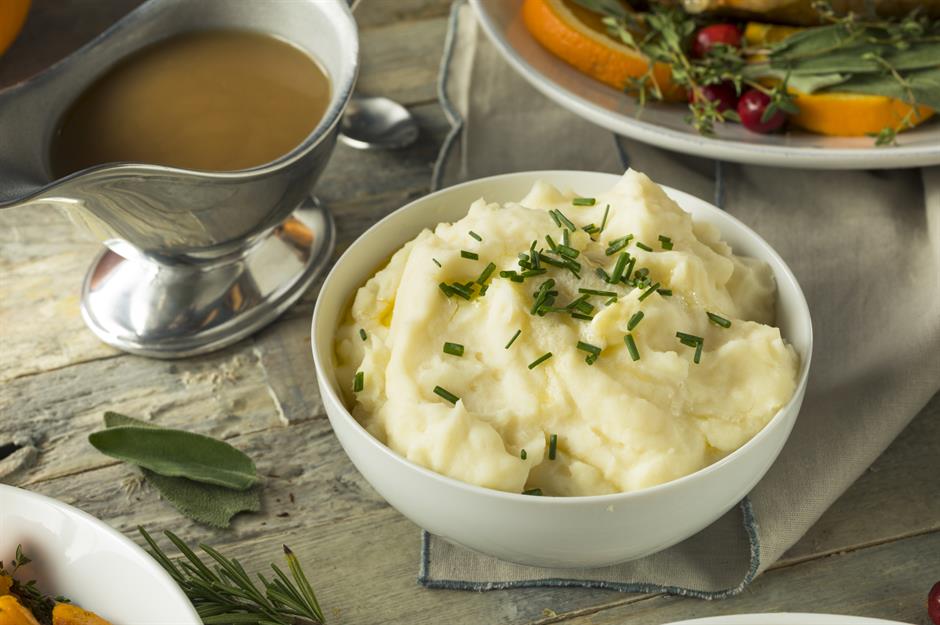
Forget peeling, boiling and getting arm ache from mashing potatoes. Packet instant mash, with the addition of just water and milk, has been satisfying carb cravings since its introduction in the early 1900s. The UK brand Smash Instant Mashed Potato cemented its popularity in the 1970s with its catchy slogan, 'For mash, get Smash'. Aside from being used to make mashed potatoes, it has a myriad of functions, including thickening creamy sauces and soups, bulking out fish cakes and coating crispy chicken wings. It's also a great shortcut for making dumplings and gnocchi.
5. Maraschino cherries
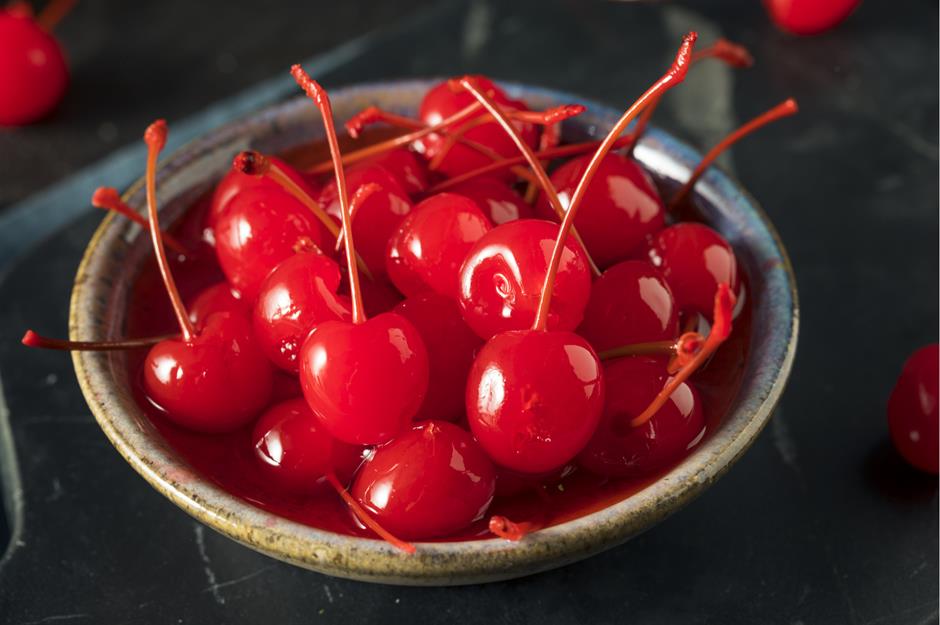
A stalwart of the 1960s, these sweet yet sharp cherries graced everything from cocktails and cakes to baked hams and ice cream sundaes. Now, they’re only brought out for Christmas, if they're brought out at all. We say it’s high time they staged a comeback. After all, who doesn’t want a cherry on top?
4. Lard
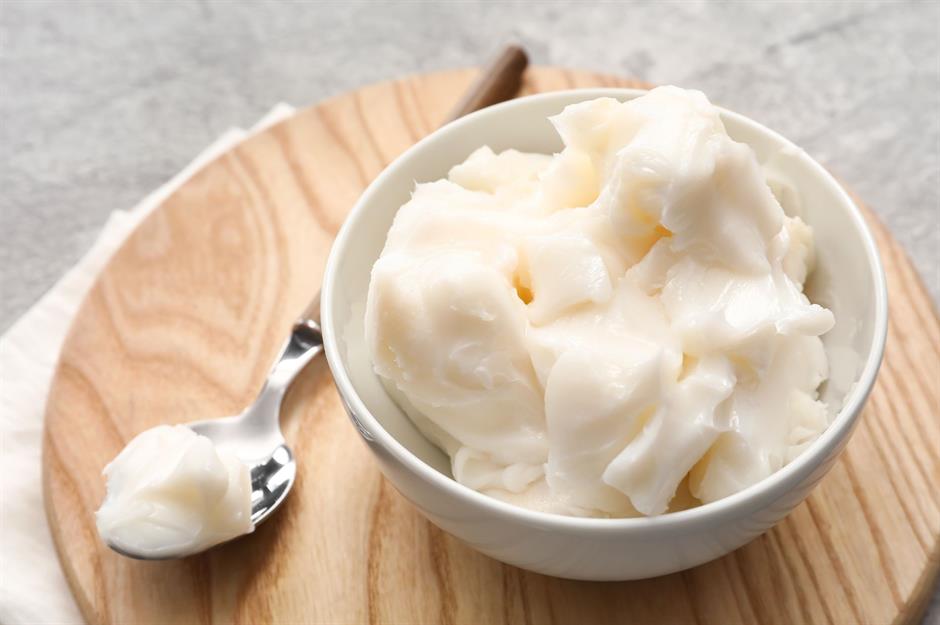
We all know fat is one of the biggest secrets to great cooking, but lard – a semi-solid white fat produced by rendering the fatty tissue of a pig – isn’t something you’ll find in many kitchens these days. During the 19th century, lard was used like butter in North America and Europe, and it was also a widely used substitute for the fat during World War II. However, with the rise in popularity of vegetable fats, combined with fears about its high saturated fat content, lard fell out of favour. Which is a real shame, because it’s great for deep frying and baking, and it makes the most deliciously crisp, flaky pastry.
3. Pineapple rings

Whether it was pineapple on pizza, cheese and pineapple cocktail sticks, pineapple upside-down cake or pineapple and ham, this zingy fruit certainly had its time in the spotlight in the 1960s and 1970s. Tins of canned pineapple are still a winner, saving you the effort of carving a fresh fruit yourself. Stock up your cupboards, and use it to make a tangy pineapple salsa or a retro upside-down cake.
2. Condensed soup
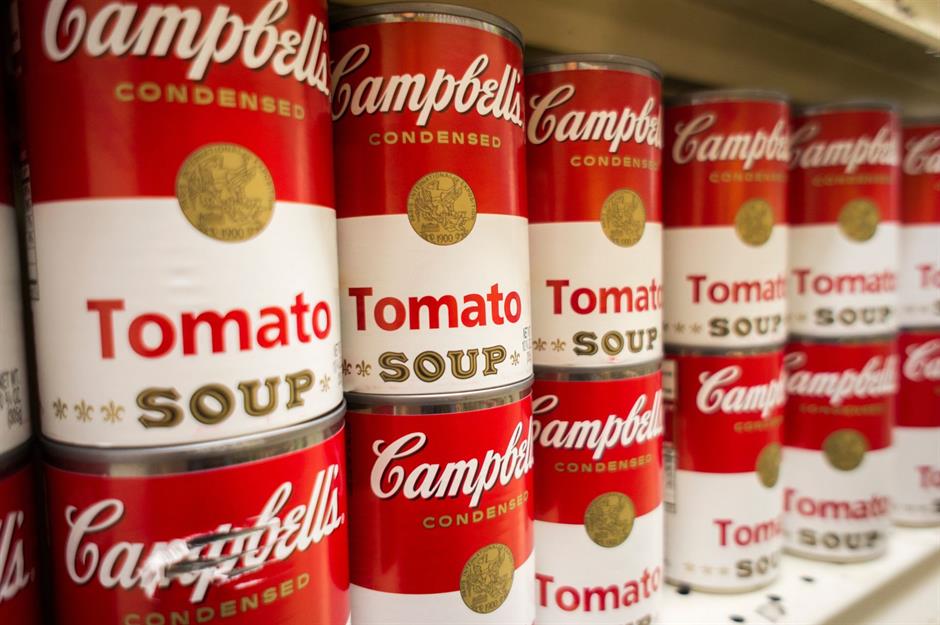
Invented in 1887 by Campbell's, condensed soup was a revelation at the time, allowing the liquid to be packaged into a smaller can and sold at a lower price. By the 1950s, it was considered an ingredient in its own right, with cans of creamy mushroom, tomato and chicken soup used in all kinds of strange retro recipes, from hamburgers to salads and even cake (yes – cake!). These days, cream of mushroom soup is still essential for making green bean casserole, a classic American Thanksgiving side dish, but we think this comforting food makes a tasty base for lots more recipes.
1. Spam
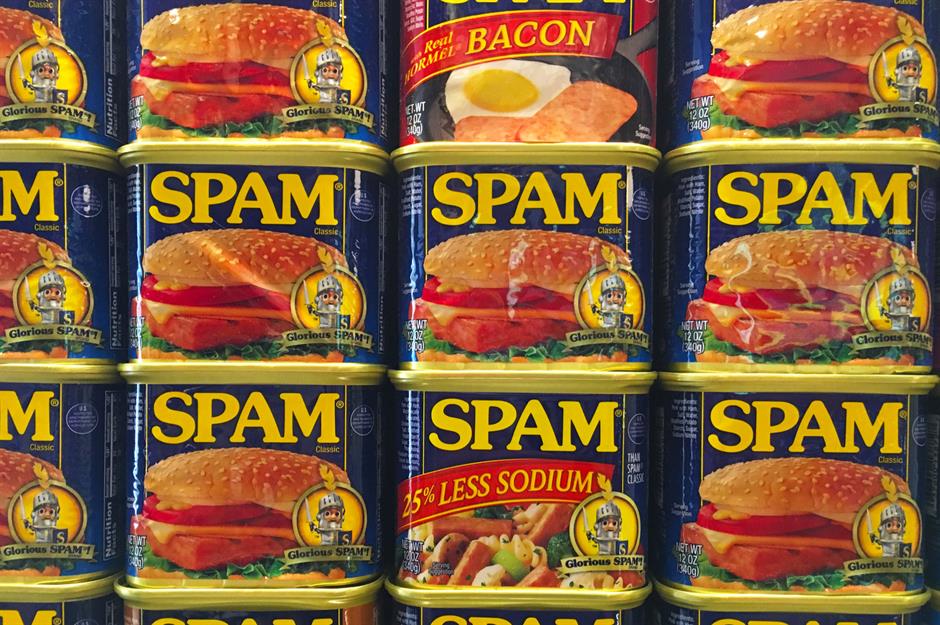
First introduced in 1937, this ubiquitous canned meat from Minnesota took off around the world, particularly during and after World War II. While it remains popular in some countries, particularly in Hawaii, it has fallen out of favour throughout much of the world. We think the versatile meat deserves a second chance. One of the tastiest Spam dishes is a South Korean spicy soup known as budae jjigae, or army stew, made with a tasty medley of ramen noodles, sausage, Spam, baked beans, kimchi and veggies.
Now discover foods people fell in love with in the 1980s
Last updated by Luke Paton.
Comments
Be the first to comment
Do you want to comment on this article? You need to be signed in for this feature